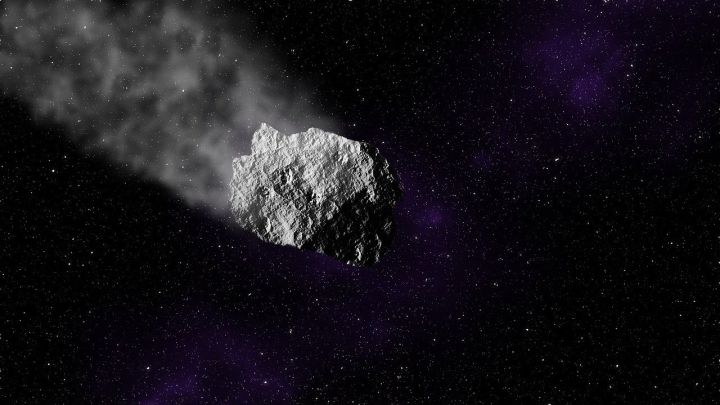ORLANDO, June 17, 2011 — University of Central Florida Professor and international asteroid expert Humberto Campins spent part of June working with more than 100 fellow astrophysicists preparing for a European mission aimed at collecting an asteroid sample and returning it to earth. The Marco Polo-R Mission is a project of the European Space Agency (ESA) and NASA could participate although that determination has not yet been made. The goal is to visit a small primitive asteroid and return an unaltered sample to Earth for analysis in laboratories. The mission is part of the ESA’s Cosmic Vision M3 program and could launch between 2020-2022.The Marco Polo-R mission complements the OSIRIS-REx project , which NASA last month selected for launch as early as 2016. Campins also is participating on the OSIRIS-REx mission, which is led by the Lunar and Planetary Laboratory at the University of Arizona and includes NASA’s Goddard Space Flight Center, Lockheed Martin Space Systems, NASA’s Ames Research Center at Moffett Field, Langley Research Center and the Jet Propulsion Laboratory.
The samples recovered by these missions could help explain how planets formed, provide information about the origin of organic molecules and life on Earth, and probe the physical structure of an asteroid. Knowing more about the structure of asteroids is important in developing strategies for preventing potentially threatening asteroids from striking earth.
Scientists from around the world converged at the European Space Research Institute near Rome to talk about the Marco Polo-R mission. The two-day workshop covered a range of topics including a review of similar missions, instrumentation needs, ground-based studies, astrobiology and laboratory analysis.
The Italian Space Agency, Rome Astronomical Observatory and Arcetri Astrophysical Observatory also supported the event.

